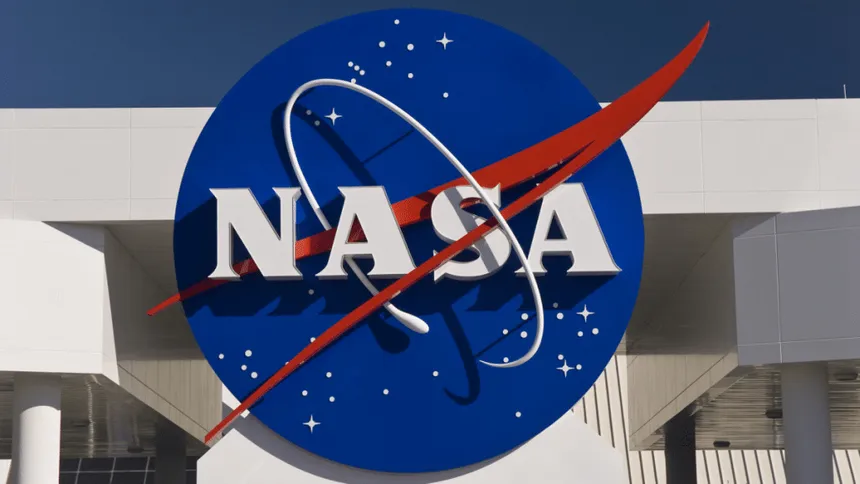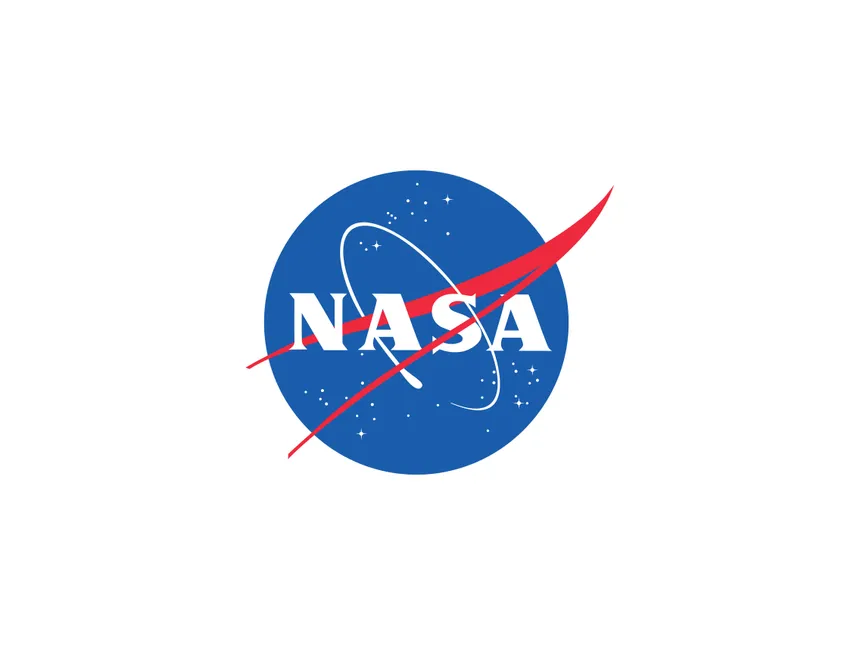NASA has begun testing the Orion spacecraft that will take four astronauts on a groundbreaking voyage around the moon as part of the Artemis II mission, currently scheduled for 2025. This mission marks a significant milestone in the space agency’s plans to return humans to the lunar surface, with the ultimate goal of establishing a sustainable presence on the moon. The Artemis II mission will pave the way for the highly anticipated Artemis III mission, which will put the first woman and first person of color onto the lunar surface.
To prepare for the Artemis II mission, NASA has been upgrading its testing facilities at the Kennedy Space Center in Florida, where the Orion spacecraft will undergo rigorous testing to ensure its safety and readiness for flight. The space agency has shared a video showcasing the Orion capsule being transported to an upgraded vacuum chamber inside the Operations and Checkout Building, where it will undergo electromagnetic compatibility and interference testing.
The video, which was captured in April 2024, shows the Orion capsule being lifted and loaded into the vacuum chamber, a critical step in the testing process. The chamber is designed to simulate the conditions found in the vacuum of deep space, allowing NASA engineers to test the spacecraft’s performance in a realistic environment. Other upgrades to the facility have also been carried out in preparation for the Orion tests, including the installation of a new control room that overlooks the upgraded chamber.

NASA Headquarters
NASA engineers will return to the chamber over the summer to conduct a test that will simulate the conditions in deep space, a crucial step in preparing the Orion spacecraft for its lunar mission. The aim of the test is to confirm the spacecraft’s safety and readiness for further crewed lunar missions. The Artemis II mission will follow the same route as the uncrewed Artemis I mission, which sent the Orion spacecraft on a flyby of the moon in its first flight test.
The Artemis II mission will send four crewmembers around the moon, getting as close as 80 miles to the surface, over the course of approximately 10 days. The mission will provide NASA with valuable insights into the performance of the Orion spacecraft and its ability to support human life for extended periods in space. The success of the Artemis II mission will pave the way for the Artemis III mission, which will mark the first crewed human moon landing since the final Apollo mission in 1972.
The Artemis III mission is currently scheduled for 2026 and will feature the first woman and first person of color on the lunar surface. In this mission, the crew will transfer from the Orion spacecraft to SpaceX’s Starship HLS vehicle, which is currently under development. The Starship will then descend to the lunar surface, marking a historic moment in space exploration. NASA’s plans for the Artemis program are ambitious, and the success of the Artemis II and III missions will be crucial in establishing a sustainable presence on the moon.








































